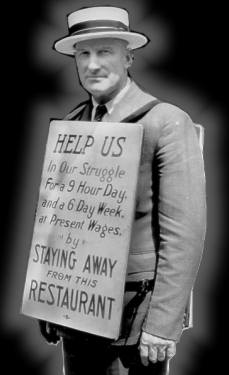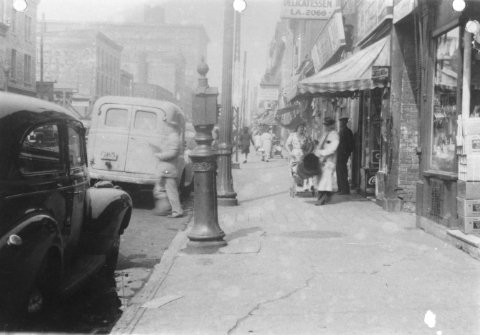Living and Working
Conditions
-
Wealthy and middle-class districts enjoyed modern services such as sewer
systems, running water, electricity and telephones.
-
Working class districts continued to suffer from overcrowded housing
conditions, poor sanitation and high infant mortality rates.
-
People continued to work long hours in the workplace, but the average
work week gradually declined from 72 hours to 50 hours.
-
Workers continued to join trade unions to fight for better pay and working
conditions. In 1921, the first Catholic union, La
Confédération des travailleurs catholiques du Canada, was
organized by the Church in Quebec, to counter the influence of American
unions.
|
 |


